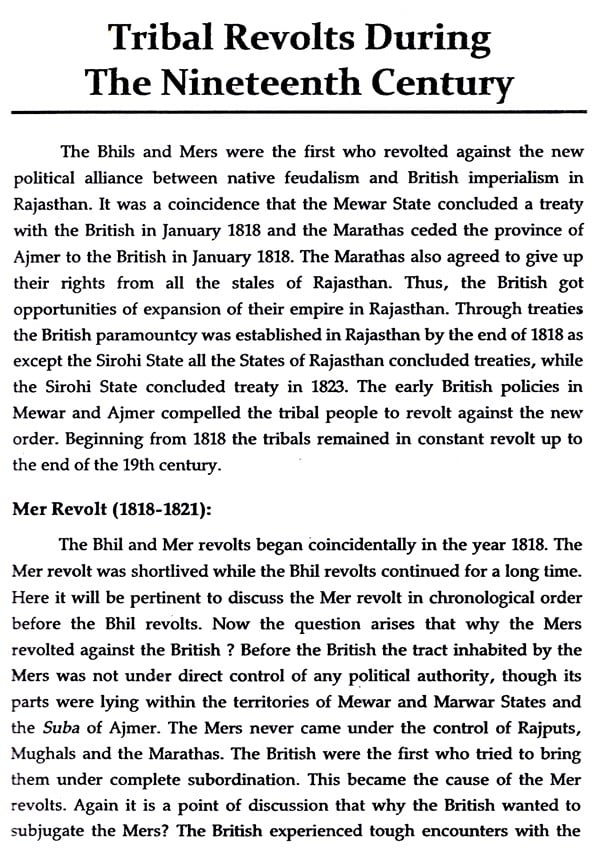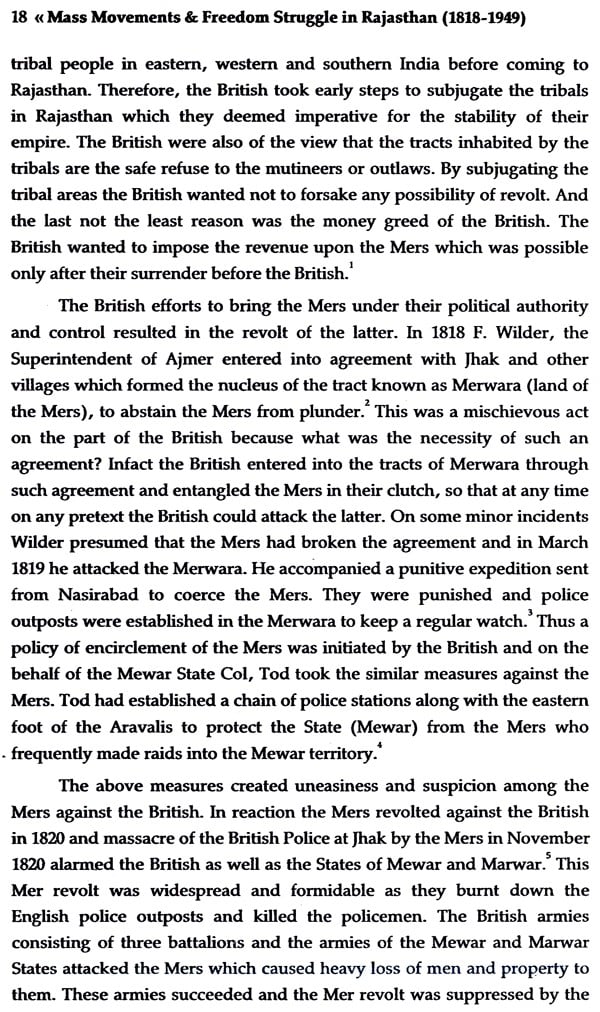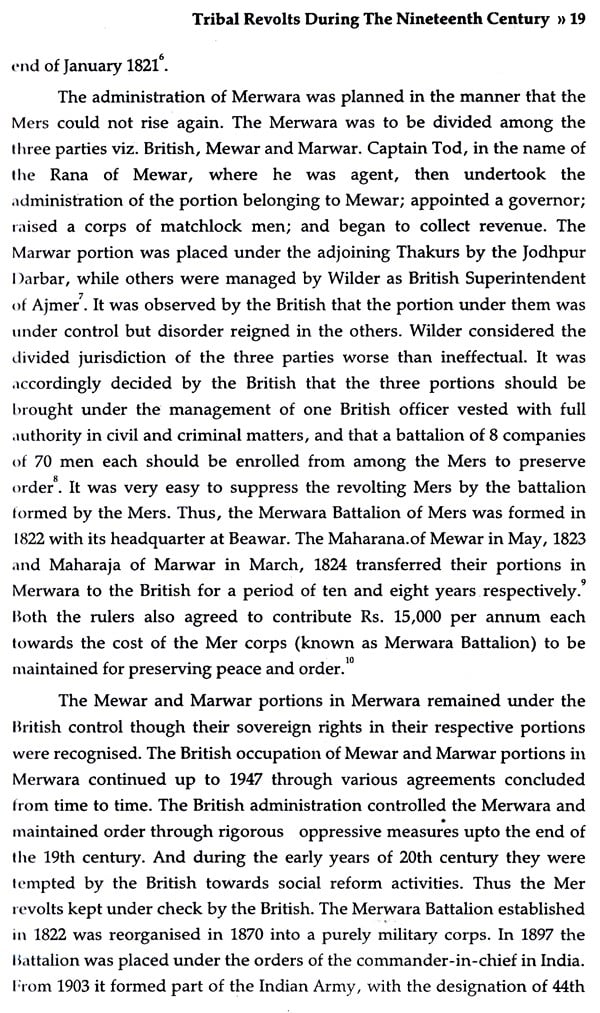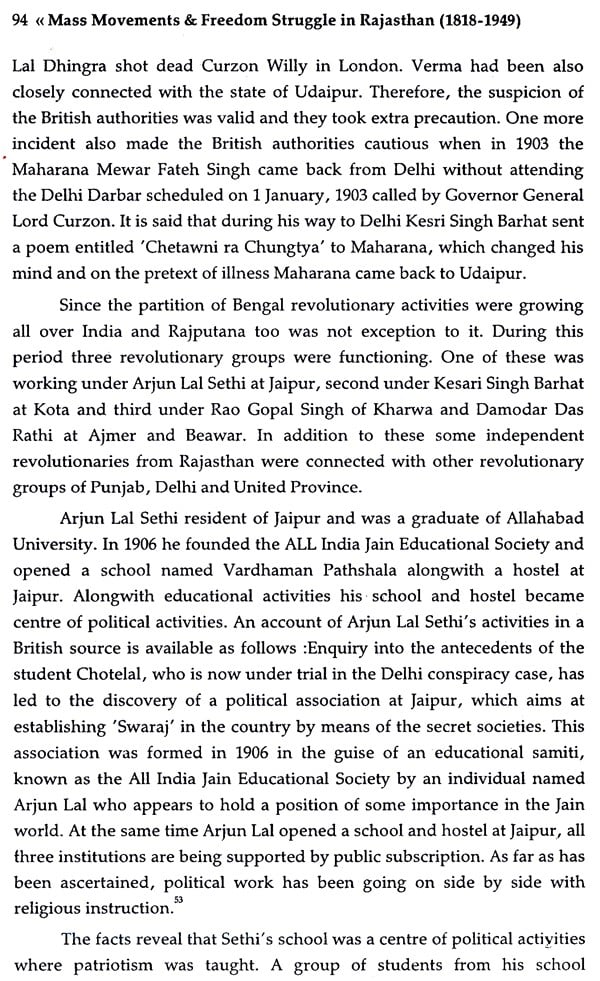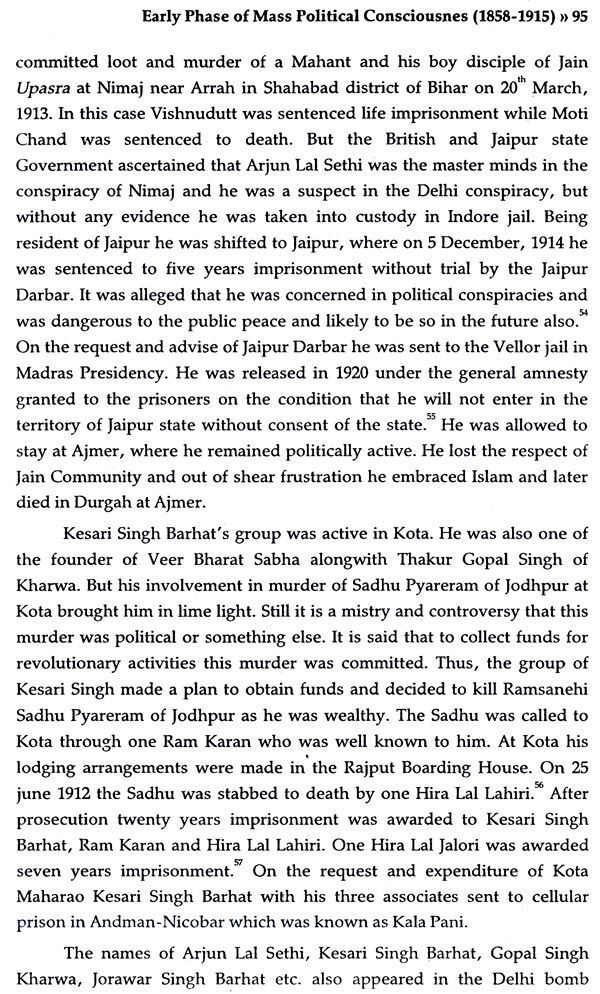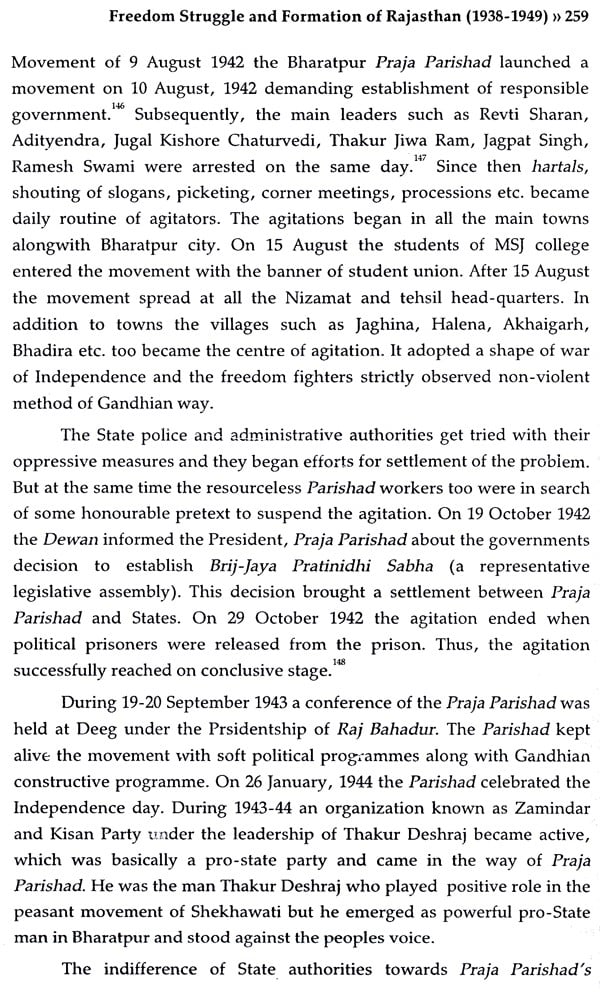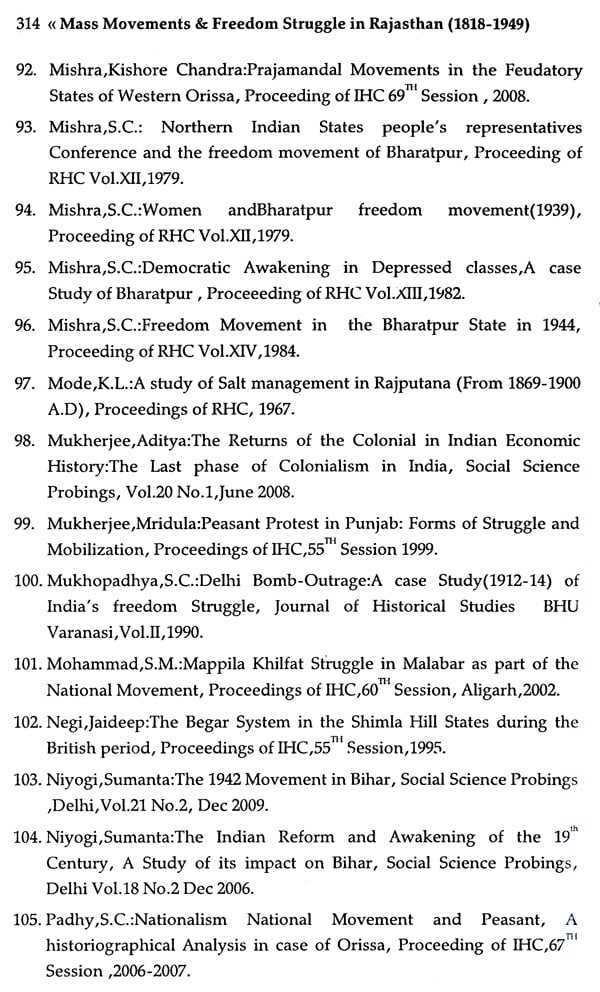
Mass Movement And Freedom Struggle In Rajasthan
Book Specification
| Item Code: | NCZ107 |
| Author: | B.K. Sharma |
| Publisher: | Books Treasure |
| Language: | English |
| Edition: | 2020 |
| ISBN: | 9788190042226 |
| Pages: | 336 |
| Cover: | HARDCOVER |
| Other Details | 9.00 X 6.00 inches |
| Weight | 530 gm |
Book Description
The Indian Freedom Movement in British India has been studied and is still being studied and analyzed in its various dimensions but not many a historian has paid due attention to the Freedom Movement in the Princely States during British paramountcy. Even noted historians like R.C.Mazumdar and Tarachand seem to have given little importance to the mass movements of the peasants and their significant role in the Freedom Movement in the Princely States of Rajasthan. There were about 563 Princely States in India which occupied 45% of the area and contained 25% of the population of India at that time. The study of the history of mass movements and their role in the Indian Freedom struggle in princely India is thus a much needed project. In the case of Rajasthan about 130,462 sq. miles area was under the rule of Princely States while only 2,711 sq. miles area was under the British province of Ajmer-Merwara. Therefore, the study of mass movements and freedom struggle of Rajasthan has immense importance.
The princely states of Rajasthan came under the British paramountcy due to their political compulsions. By the end of 1818 all these states except Sirohi came under the British subordination. The State of Sirohi joined the British in 1823. Thus, an unholy alliance arose between native feudalism and British colonialism and the people were its prime victim. It is a well known fact that imperialism can thrive over feudalism. The British, however, maintained the medieval feudal system of Rajasthan. During the critical days of the mutiny of 1857, the princely states of Rajasthan rendered valuable services to the British for which they were rewarded with a more sympathetic treatment. The Queen's proclamation of 1858 announced that 'we shall respect the right, dignity and honour of the native princes as our own.' Thus, the princely states became a reliable ally of the British and they became the social base of imperialism. Under the protection of British imperial power the princely states adopted more reactionary posture.
The administrative system of the princely states was popular. There were three layers of administration, viz. the British, the Mharajas and the Jagirdars over the masses. Thus, the peasantry was subjected to three-fold exploitation. Through various treaties, these states had became an integral part of the British Empire. However, under the garb of so-called internal autonomy, many medieval traditions and cruel repressive customs were permitted to continue in these states. Each State was divided into Khalsa (Crown's land) and Jagir (feudal's land). The princely rulers disassociated themselves from their responsibilities towards their subjects and became responsible to their British masters, whom they tried to appease since their very existence depended on them. They looted their masses to fulfill imperial obligations and to satisfy their own extravagance. The conditions of the peasantry in jagir areas were pathetic. There were no regular terms and conditions for cultivating the land.
**Contents and Sample Pages**

